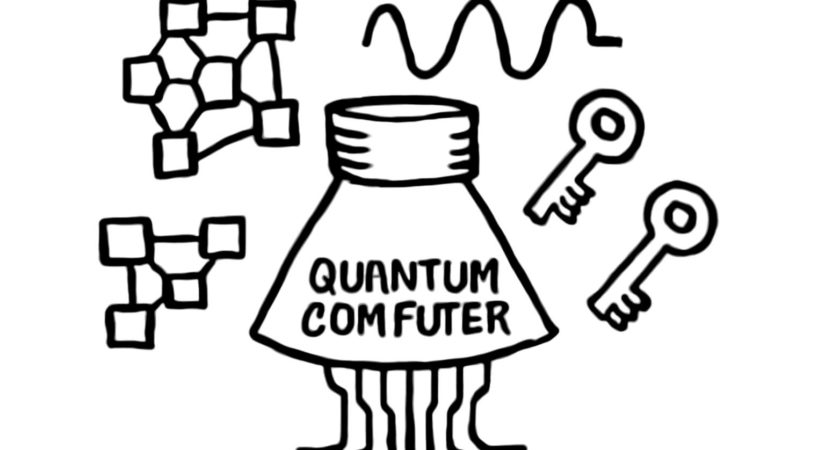IBM has announced its plan to develop the world’s first fault-tolerant quantum computer, named IBM Quantum Starling, expected to launch by 2029. This system aims to execute 100 million quantum operations using 200 error-corrected qubits, advancing the timeline for when quantum computing might threaten Bitcoin’s cryptographic security.
Current quantum computers suffer from high error rates and cannot run complex algorithms needed to break blockchain encryption. IBM’s approach focuses on fault tolerance—detecting and correcting errors in real-time to overcome issues from noise and decoherence.
Starling will utilize advanced error correction techniques, specifically Bivariate Bicycle codes, which reportedly reduce the required physical qubits by up to 90% compared to prior methods. It will feature a real-time error correction decoder implemented via field-programmable gate arrays (FPGAs) or application-specific integrated circuits (ASICs) to immediately address errors.
Rosa Di Felice, technical director at the IBM Quantum Innovation Center, highlighted that Starling’s connectivity improvements could streamline quantum error correction and facilitate breakthroughs in molecular and material science.
IBM’s updated quantum computing roadmap includes:
- 2025: Launch of 120-qubit IBM Nighthawk processor and modular fault-tolerant quantum computing architecture.
- 2026: Introduction of IBM Quantum Kookaburra, a modular processor combining quantum memory and logic to scale fault-tolerant systems.
- 2027: Scaling to 1,080 qubits by linking multiple Kookaburra modules via chip-to-chip couplers.
- 2028–2029: Prototype and full deployment of the fault-tolerant Starling quantum computer.
While some, like Strategy co-founder Michael Saylor, downplay quantum threats to Bitcoin—arguing banks and governments face risk sooner—experts emphasize fault tolerance as essential for scalable, practical quantum computing. Professor David Bader of the New Jersey Institute of Technology stressed the importance of blockchain transitioning to quantum-resistant cryptography to prepare for future vulnerabilities.
Bader noted that powerful quantum computers capable of running Shor’s algorithm, which could break current cryptographic schemes, remain years away, suggesting that while blockchains won’t be compromised imminently, ongoing vigilance is crucial.
